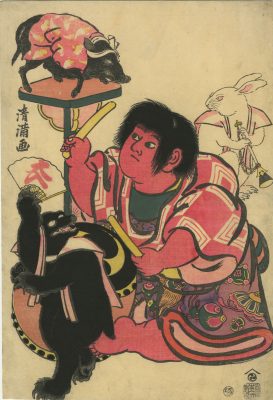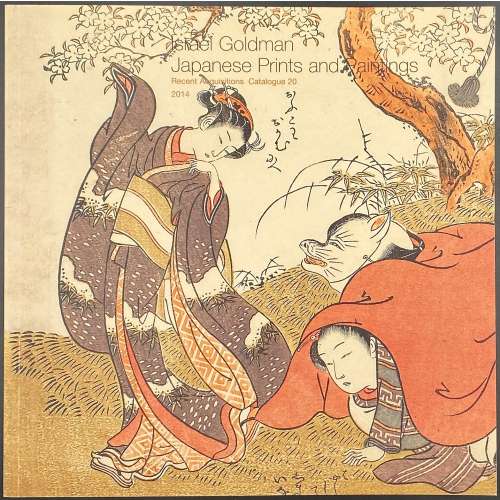![Isoda Koryūsai . Prosperous Flowers of the Elegant Twelve Seasons: young couple making love while older man sleeps. [Shunga]. 1773](http://varshavskycollection.com/wp-content/uploads/2020/12/SVJP200039.2015-400x288.jpeg)
SVJP-0039.2015: Isoda Koryūsai. Kikuzuki (the ninth month) from the series Furyu juniki no eiga (Prosperous flowers of the elegant twelve months) / Chuban, early 1770s; #7 in the catalogue.

SVJP-0180.2014: Torii Kiyomitsu II. Kintaro with a boar, rabbit, and tanuki / Oban, c. 1805; # 15 in the catalogue.






 A lookalike triptych by Kunisada can be found in
A lookalike triptych by Kunisada can be found in  Data from
Data from